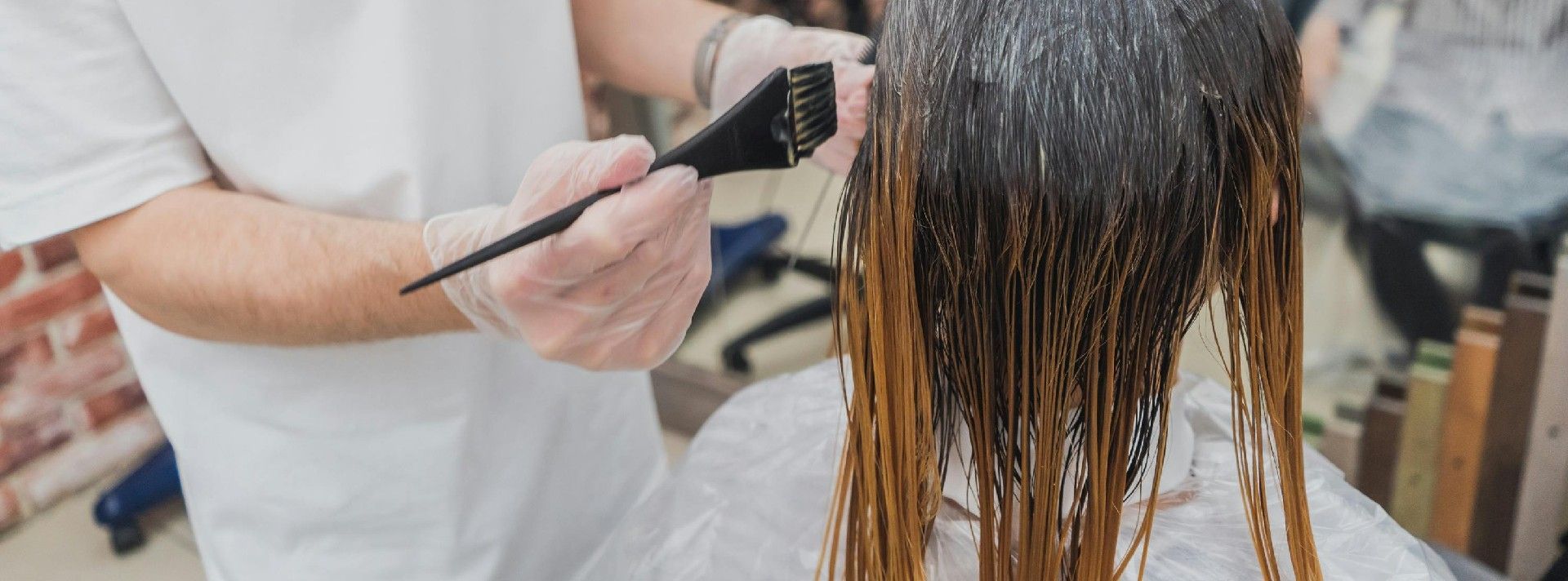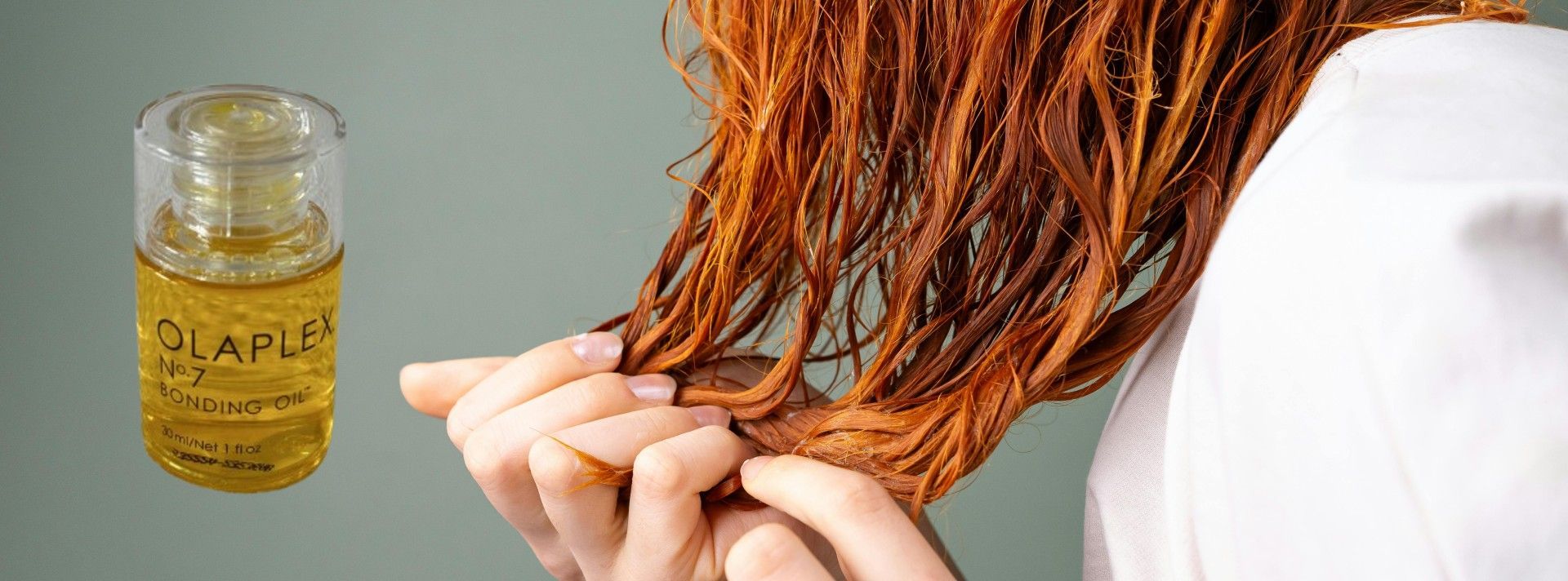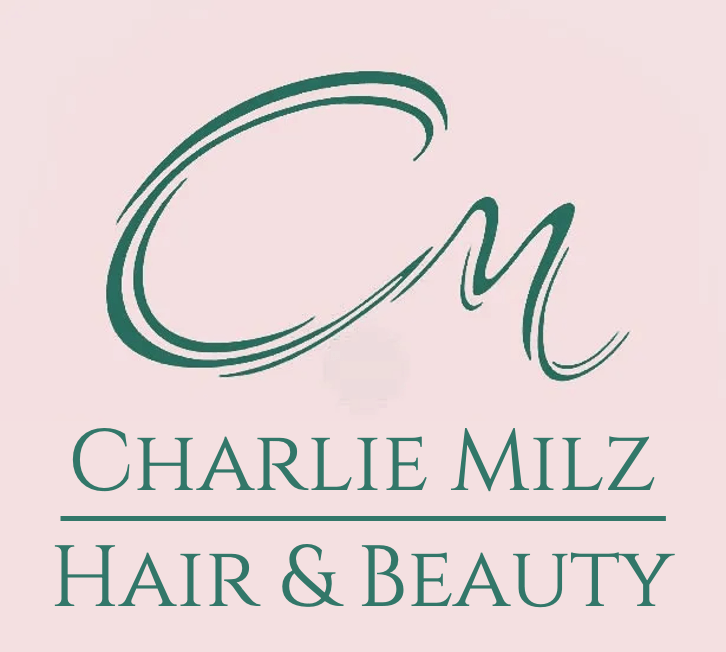Ask the Experts – Episode One: Your Top Hair Questions Answered by Our In-Salon Pros
At Charlie Milz, we know that great hair isn’t just about what happens in the chair, it’s also about what you do day to day. Whether you're trying to grow out your hair, reduce frizz, or just want to know if you really need to use heat protection (spoiler: you do), we've got you covered.
That’s why we’ve launched our brand new Ask the Expert series. Your go-to guide for all things hair and beauty, straight from our experienced stylists.
First up? Hair care basics! We’ve taken the most common questions our clients ask and answered them with practical, honest advice you can trust. You can also find this information in video format on our social channels!
But for here, read on for expert tips, hair truths, and a few things you might not have known about caring for your hair the right way.
1. How can I prevent hair breakage and maintain healthy locks?
Preventing breakage starts with how you treat your hair day to day. Avoid excessive brushing, especially when your hair is wet as this is when it's at its most fragile. Always use a wide-tooth comb or a brush designed for wet hair.
Heat styling is another big culprit for damage. If you regularly use straighteners, styling tools or even a hairdryer, make sure you're using a good quality heat protection spray every single time. This is something we will speak about time and time again and it’s fundamental to hair health.
Don’t underestimate the power of regular trims. Getting your hair cut every 6–8 weeks helps to remove split ends before they travel up the strand and cause more damage.
2. What are the best practices for growing hair faster?
While a lot of your hair growth speed comes down to genetics and environmental factors, there are still plenty of things you can do to encourage healthy growth.
First off, protect your hair from damage. that means using heat protectants before styling and avoiding tight hairstyles that pull on the scalp. We told you we speak about this a lot!
Regular trims (yes, really!) are essential because they prevent split ends from worsening, helping your hair grow longer without looking scraggly. We recommend trimming every 6–8 weeks; and this really is what’s best for your hair, not just an excuse to get you in the chair for a catch up.
Use high-quality, salon-approved products. Cheap shampoos and conditioners often contain harsh sulphates that can strip the hair. Weekly deep conditioning treatments can also help strengthen and hydrate the hair, keeping it in optimal condition to grow.
Scalp health matters, too! Massage your scalp regularly to stimulate blood flow, which supports the hair follicles and may promote growth.
3. How often should I wash my hair to keep it healthy?
The ideal wash frequency depends a bit on your hair type and lifestyle, but for most people, washing your hair 1–2 times a week is plenty. This helps maintain your scalp’s natural oils, which protect and nourish the hair.
When you do wash, we recommend shampooing twice; once to break down dirt and oil, and a second time to really clean the scalp. Then condition mid-lengths to ends only, never the roots. Always opt for professional-grade products tailored to your hair type for the best results. We can help you with this in the salon, just ask!
4. How can I add volume to thin or fine hair?
If your hair tends to fall flat, don’t worry, there are plenty of tricks to boost volume! Start with a volumising shampoo and conditioner and follow with a root-lifting product like a mousse or a volumising spray (we love Wonder Boost!).
Blow-drying upside down can also do wonders. flip your head over and use your fingers to lift the roots as you dry.
Styling wise, we can cut in some layers which will give the illusion of thickness and movement and help to lift the hair off your scalp.
Don’t skip the styling products either. Lightweight texturising sprays and powders can make a big difference, especially around the crown area.
5. Can I cut my own hair at home to avoid going to the salon regularly?
The short answer: no.
We really don’t recommend cutting your hair at home, even if it’s tempting – we are not in lockdown anymore, girl.
Haircuts are more technical than people realise, and a small slip with the scissors can quickly turn into a hair emergency. It’s especially tricky to cut the back evenly or to layer properly by yourself.
A professional cut ensures shape, precision, and that your hair keeps growing out beautifully – not just randomly. Trust us, it’s worth the salon visits to avoid regret.
6. What are the benefits of using heat protection sprays before styling?
Our favourite topic to talk about: heat protectants. A must-have if you use any kind of heated tool. They form a protective barrier over the hair, which helps to reduce moisture loss and damage caused by high temperatures.
As well as preventing breakage and dryness, they also smooth the hair cuticle, giving you that glossy, polished finish. Think of it like SPF for your hair, an essential step that keeps your locks looking and feeling healthy.
7. How can I reduce frizz and achieve smoother hair?
Frizz often comes from dryness and damage, so the key is to keep your hair well-moisturised and protected. Start with a sulphate-free, hydrating shampoo and conditioner, and use a leave-in conditioner or smoothing serum on damp hair.
8. What are the pros and cons of air-drying versus blow-drying hair?
Air-drying is gentler on the hair because you’re not exposing it to heat. This can help reduce damage and maintain natural texture. The downside? It can lead to more frizz, especially if your hair is curly or porous.
Blow-drying, on the other hand, gives you more control over the finish: smoother, shinier, and more styled. But it does come with the risk of heat damage, which is why using a heat protectant is essential. For best results, use a nozzle attachment and dry in sections with a brush for a polished look.
In reality, many people do a bit of both—allowing hair to partially air dry, then finishing with the dryer to style it and smooth it down and this can be the best of both worlds.
9. How can I repair damaged hair and split ends?
Unfortunately, there’s no way to truly repair split ends, you have to cut them off. That’s why regular trims are essential. But you can improve the condition of damaged hair and prevent further splitting.
Weekly hair masks or deep-conditioning treatments can restore moisture and elasticity. In-salon treatments like Olaplex work on a molecular level to rebuild broken bonds in the hair, which is especially helpful if your hair has been bleached or chemically treated.
10. What are the latest trends in haircuts and styles?
We’re seeing lots of clean, structured cuts making a comeback. The classic bob is huge right now, especially worn sleek and sharp. We’ve got Leslie Bibb and The White Lotus to thank for that.
If you prefer a little more length, the lob (long bob) is still very much in.
Curtain bangs continue to have their moment with their soft, face-framing making them super flattering on almost everyone.
As for styling, heatless curls are a major trend, especially for people wanting to reduce damage but still have bouncy waves. And of course, the big, bouncy blow-dry is timeless.
We hope this first instalment of Ask the Expert has helped you feel more confident in caring for your hair at home. Whether it’s understanding how to build a healthy routine or knowing which trends are worth trying, our goal is to make expert hair advice accessible and easy to follow.
Keep an eye out for future episodes in the series where we’ll be diving into more beauty topics.
Got a question you’d love us to cover? Let us know next time you're in the salon or drop us a message on social media, we’d love to hear from you!
You may also be interested in...





